
Leak Detection and Repair(LDAR) is an internationally advanced chemical waste gas detection technology. LDAR testing is used to find equipment leakage and reduce emissions through repair. Through regular testing and monitoring of specific components, leakage is detected and replaced or repaired within a fixed time. NOA detects leak-prone parts such as raw material transmission pipelines, pumps, valves and flanges of chemical enterprises through LDAR, summarizes and registers leakage sites exceeding a certain concentration, and helps enterprises repair leaked sites in a timely and effective manner, so as to control the pollution caused by raw material leakage to the environment and effectively reduce and control volatile organic matter emissions.
The LDAR steps are:
1. Archiving - Specify a unique identification number for each seal point within the scope of each LDAR implementation and record it in the archiving.
2. Definition - Define a concentration value (leakage concentration value) for leakage, which should refer to the relevant standard requirements.
3. Detection - Leak detection of the sealing point. Leak detection methods include sensory judgment and instrument detection. Sensory judgment is to see with your eyes, listen with your ears, and smell with your nose. If the detection value of the instrument is greater than the "leakage concentration value", then this sealing point is identified as leakage.
4. Repair - Repair the sealing point of the leak.
5. Record - Record all the data and materials in the above steps in the file and keep them properly for a period of not less than 3 years. LDAR has a lot of record data, unless the number of sealing points is small, and electronic files are used to keep records.
With the progress of modern industrial equipment and the improvement of enterprise modern management, it is difficult to detect leaks through the senses. It must be found with the help of detection instruments. The commonly used detection instrument is the hydrogen ion flame detector, which can directly measure the concentration of organic matter in the gas in the field. For specific monitoring methods and requirements, please refer to the Guideline for the Determination of Volatile Organic Compound Leaks and Uncovered Liquid Surface Emissions (HJ733-2014).
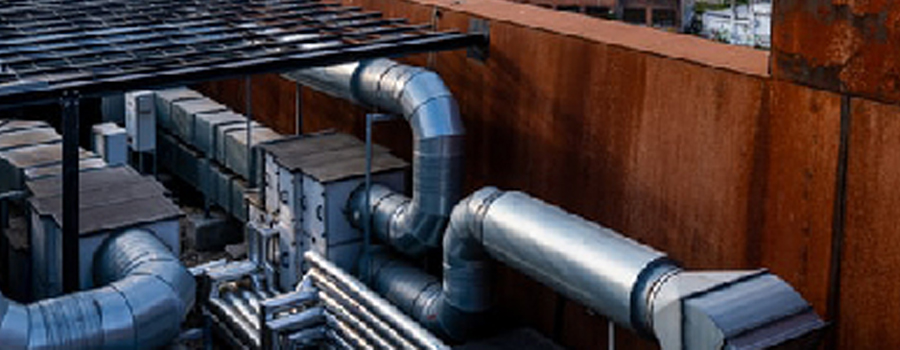
1. Service background.
LDAR is a detection technology involving chemical exhaust gas. LDAR mainly detects leak-prone parts such as raw material transmission pipelines, pumps, valves and flanges in chemical enterprises, and repair leakage sites exceeding a certain concentration, so as to control pollution to the environment. Therefore, it is also an effective control measure to reduce the emission of volatile organic matter. LDAR is currently a technology for petrochemical enterprises to control unorganized emissions of VOCs. It is mainly through systematic methods to detect and maintain potential leakage sources in the enterprise, such as valves, pumps, connectors, flanges, mixers and other process equipment, and eliminate VOCs leakage from leakage sources, so as to control environmental pollution and reduce the loss of materials in the enterprise.
2. NOA services
The NOA Environmental Business Department is equipped with advanced on-site analysis equipment and professional on-site monitors to provide professional LDAR technical services and make the results into a book for enterprise self-inspection and government supervision.
|
Project category |
Work service content |
|
LDAR |
Data collection: The information to be collectted includes but is not limited to PFD,P&ID, |material balance sheet,process operation procedures, installation layout plan, equipment ledger,etc. |
|
Applicability analysis of the device: analyze the components and contents of raw materials, intermediate products,final products and various additives involved in the device, and establish a list of controlled devices. |
|
|
Suitable analysis of equipment and pipeline components: By analyzing the materials of equipment |and pipeline components in each controlled device, accounting for the VOCs mass fraction in the |equipment and pipeline assembly, and identifying the equipment and pipeline components that VOCs materials contact or flow through, the controlled equipment and pipeline components are |determined. Based on the identification of material status by PED and P&ID,VOCs materials in controlled equipment and pipeline components arre classified according to gas, light liquid and heavy liquid according to the process parameters. |
|
|
Material state boundary division: Materials indifferent states are isolated by valves or other equipment, and boundary valves or other equipment sealing points are divided. |
|
|
Classification of sealing points:classificaion according to the type of sealing points Unreachable sealing point identification:identification of VOCs-related points due to safety factors and physical isolation. |
|
|
Ledger establishment: According to the relevantinformation collected in the early stage, sort out the VOCs sealing points of the whole factory and establish files. |
|
|
On-site testing: One-on-one testing according to the whole sealing point file to find the leakage sealing point. |
|
|
On-site testing: One-to-one testing is carried out to identify leaky seals in accordance with the established site-wide seal point profile. |
|
|
Leakage repair: repair the leakage sealing points found during the testing process. |
|
|
Report preparation: test data archiving, preparing reports and other related documents. |
|
|
Data declaration:submit a declaration form that meets the requirements and pay the sewage fee. |
3. NOA advantages.
1、The team has rich experience and a sufficient number of on-site testing personnel;
2、comes with file-building software and provides one-stop LDAR technical services.





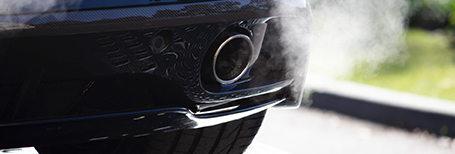
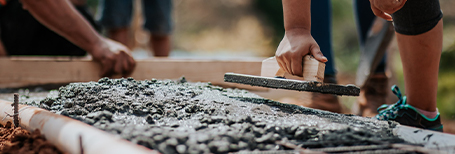
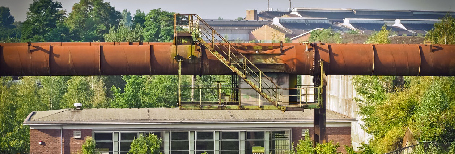
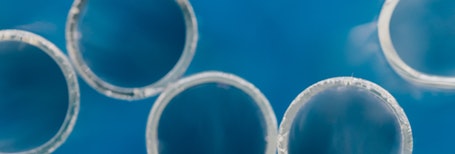



Tel:+86-400 821 5138
Fax:+86-21 3327 5843
Email:noa@noagroup.com